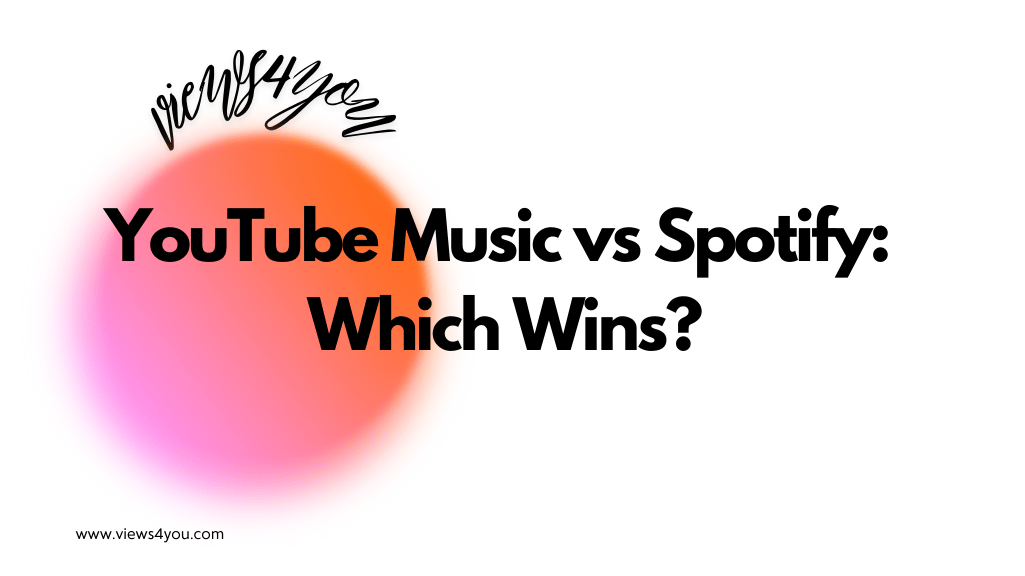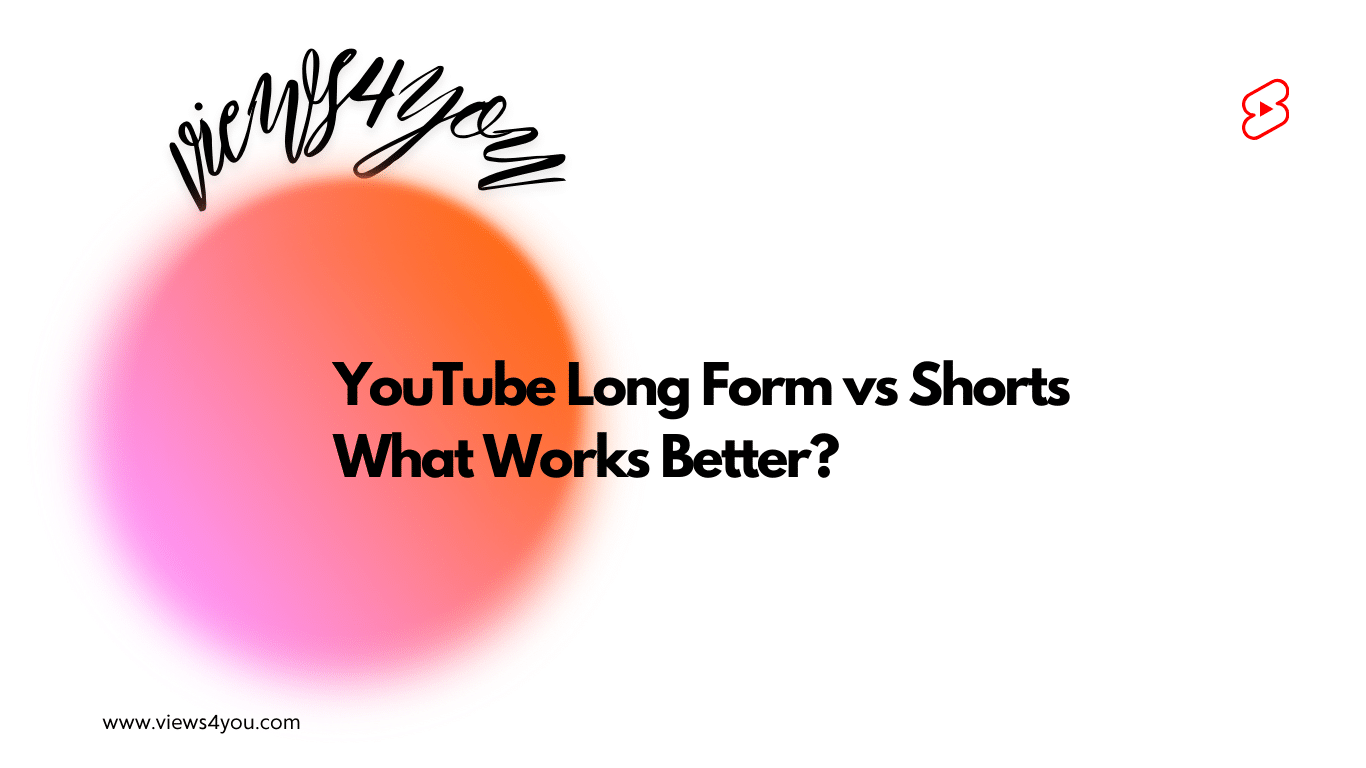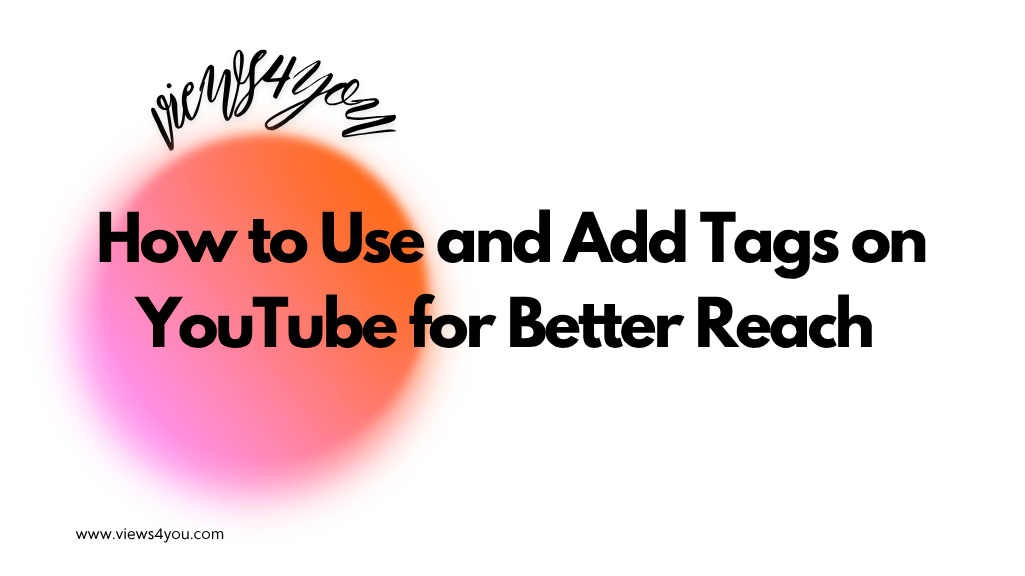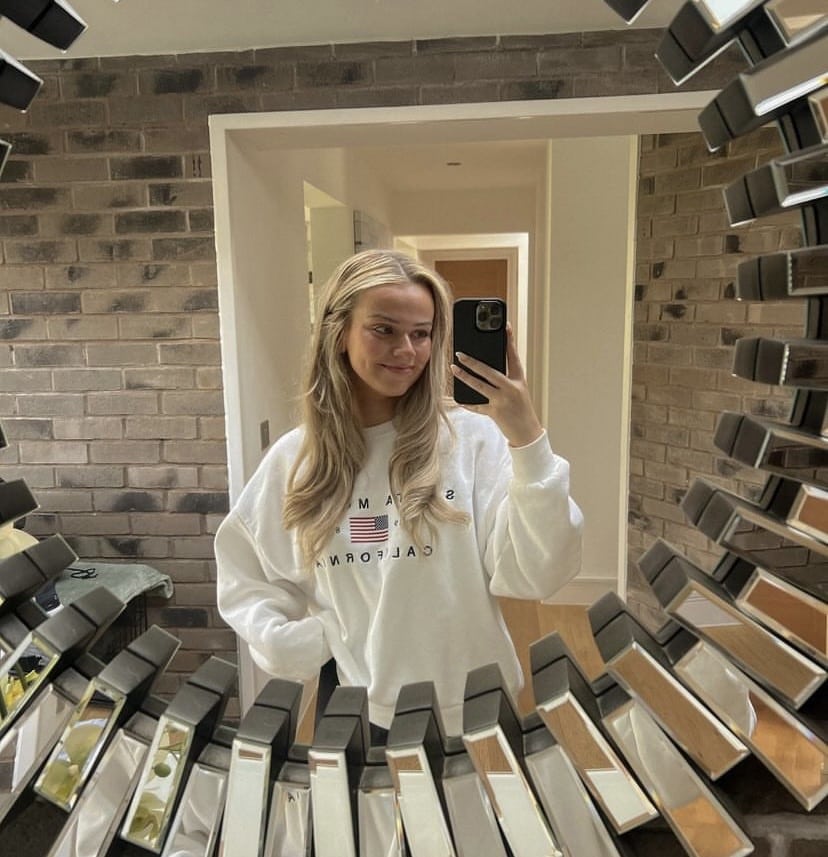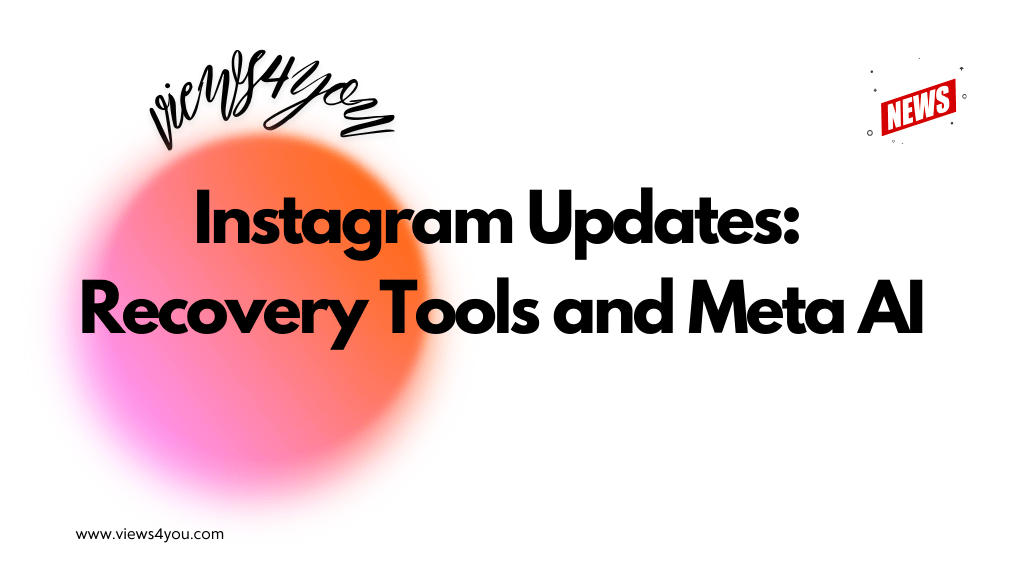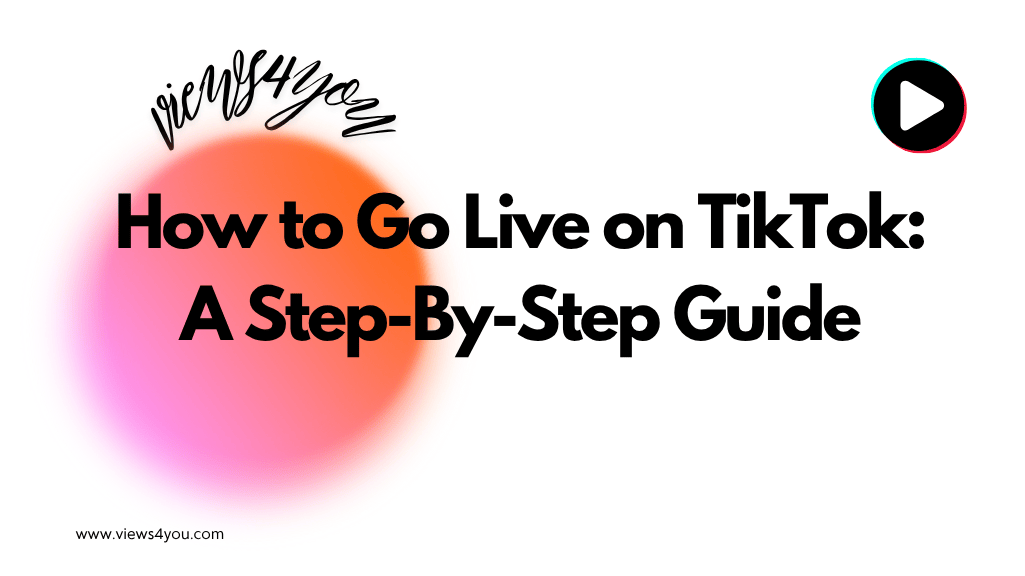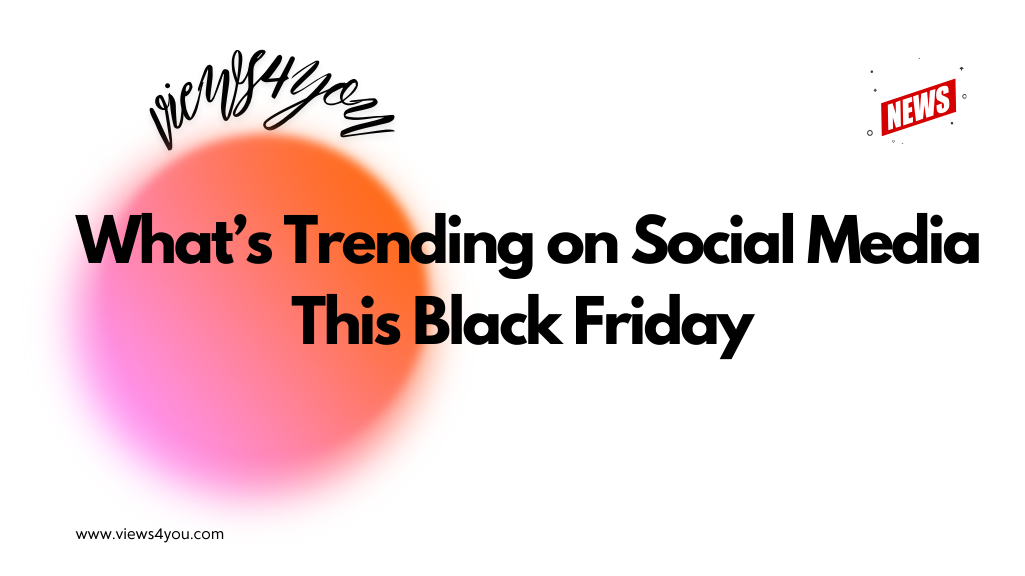Advertiser-friendly content on YouTube means videos that avoid strong language, violence, sexual themes, and shocking or controversial material, especially in the first 30 seconds. YouTube reviews your title, thumbnail, audio, and intro to decide if ads can run. Staying monetized depends on being clean, clear, and respectful while still staying creative.
If you want to make money on YouTube, you have to make videos that advertisers will want to see. YouTube supports these kinds of content, but it also needs them. What if you mess it up, can’t come up wit something advertiser-friendly? You’ll be stuck looking at that yellow dollar sign while your money goes away.
Let’s break everything down. No theories. What works, what doesn’t, and how to keep your videos approved and monetized.
What Advertisers Want (And What YouTube Protects)
Advertisers are not going to pay you to see your chaos. That’s the whole story actually. They want their brands to be linked to goods that are clean, safe, and not controversial or dramatic!
That is something that YouTube regulates with its rules. It’s called the Advertiser-Friendly Guidelines, and it has strict rules. It looks at your video’s title, tags, music, thumbnails, and the first few minutes. One mistake? You’ve been marked.
That’s why your content has to pass two tests:
- The YouTube algorithm’s automatic review
- The human reviewer (if you appeal)
What Gets You Demonetized?
Let’s be clear about what causes a yellow icon. Because it’s more than simply cussing, though that doesn’t help.
- Violent or Graphic Content: The algorithm may flag it even if it’s an act. Games with blood in them? Kind of dangerous. Fight footage? Definitely dangerous.
- Strong Language: F-bombs in the title or introduction? You’re finished, goodbye. A few light curse words in the middle of a video? Maybe it’s okay. Tone, timing, and frequency are all important considerations here, but you need to be careful.
- Sexual Themes or Jokes: This is a sensitive subject. This is why the tiniest references can still cause trouble. Also, don’t use innuendo language in titles or images; it will quickly get you demonetized.
- Shocking or Disgusting Material: Any wounds, bodily fluids, or things that make people gag? Stay away from it. Even if it’s educational, they can still cause you problems.
- Controversial Topics: Are they about conflict, sorrow, politics, or sensitive social issues? Feel free to talk about them, but be careful. And probably without monetization.
So, yes, advertiser-friendly content on YouTube is about how you say it rather than what you say.
How to Stay Creative without Getting Flagged?
Being safe doesn’t mean that you need to be dull. Nobody wants that, YouTube doesn’t want those dull videos. It only wants things that are safe.
That’s not the same thing. Need to let off steam? Okay. Just take out the bad language and make it seem like an opinion instead of an attack.
Do you want to break the rules? Do not use a lot of sarcasm, and make sure that your title and summary give information.
Want to use edgy humor? Keep it subtle. Over-explaining is preferable to being misunderstood here. Keep in mind that you are not just speaking to viewers, but also to bots that are scanning your words so make it advertiser-friendly.
Keep your thumbnail in mind at all times. One bad image can ruin your efforts to make money, even if the rest of the video is perfect.
Audio, Music, and Background Problems You Didn’t See Coming
Even if your script is flawless and your visuals are clear, the wrong sound can destroy your monetization. This is the part that gets overlooked by the majority of content creators. Not because of laziness, they don’t realize the algorithm is listening to them. It hears your music, ambient sound, and everything.
Let’s say you grabbed a “free-to-use” track off the internet. Fine. But if it’s got an aggressive, wild, or intense feel, it might still scare off advertisers. Copyright-safe does not mean ad-friendly. Not by a long shot. Background noise is a no-go. Sirens, screams, even violent sound effects beneath your voice, they get picked up, flagged, and punished. If your video sounds like an action movie trailer, you won’t be getting ad revenue.
And finally, clarity. If your sound is muted, distorted, or full of static, the review team won’t even bother to consider whether your content is clean. They’ll just hit the yellow and move on. YouTube gives the benefit of the doubt to creators who sound professional. That’s the reality.
The First 30 Seconds Make or Break You
YouTube’s review algorithm targets your introduction, too. Begin with a rant, a shout, or even subdued mayhem, and you’re already marked.
The solution here is surprisingly simple: keep the start clean. Let us know what your video is about. Set a clear tone.
Put riskier jokes or comments later in the timeline, where bots don’t care quite as much, because, as we talked earlier, in the middle, you are more okay than at the beginning, because that first impression matters. Mess it up, and the rest of your video might never get judged fairly.
Keep It Clean, Keep It Paid
There’s no one-size-fits-all to remaining advertiser-friendly. But the patterns exist, and once you know them, you don’t have to guess anymore. You begin to create with control.
You’re not watering yourself down. You’re simply getting sharp enough not to waste what you created. Say what you have to say, but say it in a way that gets noticed, authorized, and paid. Does it make sense?
That’s not selling out. That’s remaining in the game.
FAQs
Does age-restricted content still qualify for ads?
Sometimes, yes. But it depends on the topic, tone, and overall safety for brands. Most age-restricted videos get limited or no ads.
Can I monetize reaction videos to violent content?
Only if you add clear commentary and avoid showing graphic scenes. Just reacting passively won’t protect you from demonetization.
Will YouTube tell me exactly why a video was demonetized?
No. You get a general reason, but never a full breakdown. You have to analyze and troubleshoot it yourself.
Are livestreams treated differently for ad rules?
Yes. Livestreams are riskier since they’re harder to moderate in real time. Slip-ups are more likely to result in limited ads or post-stream penalties.
Can I use movie or TV clips if I’m reviewing them?
Only if it qualifies as fair use, and even then, you’re not guaranteed monetization. The system often flags them anyway, even with commentary.


